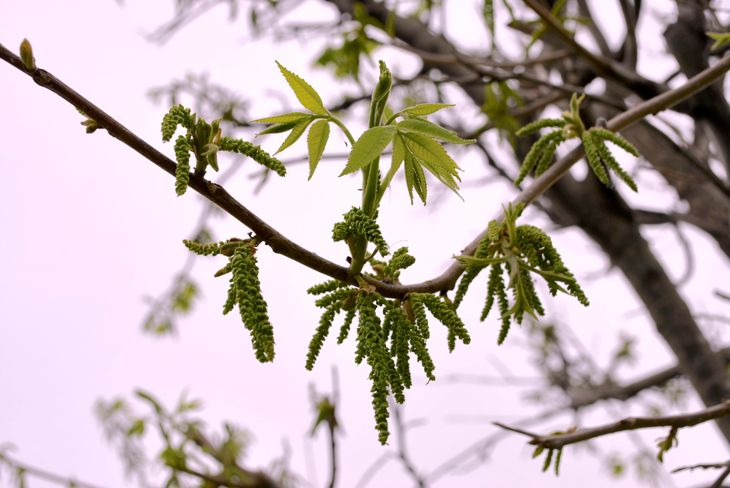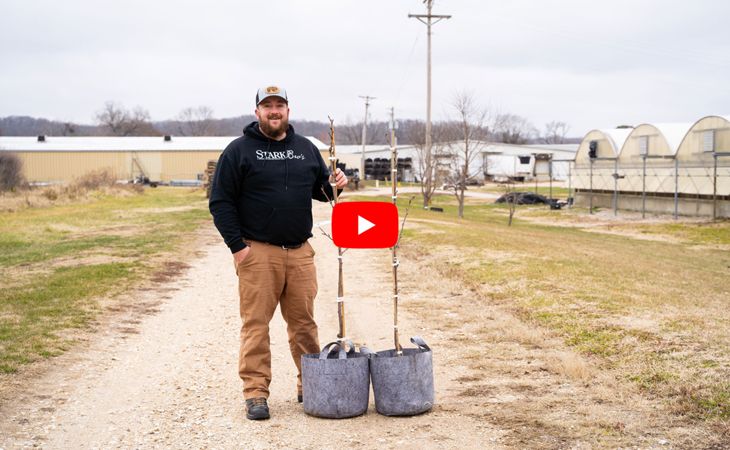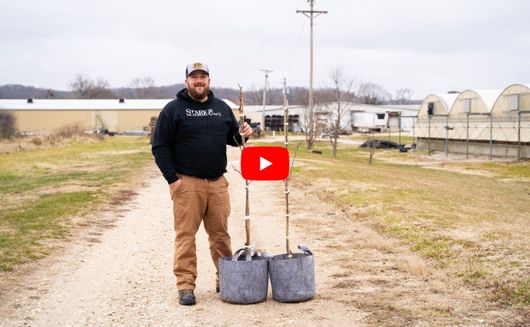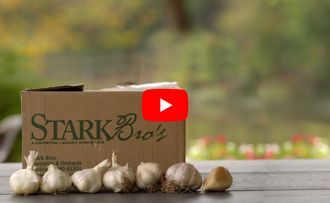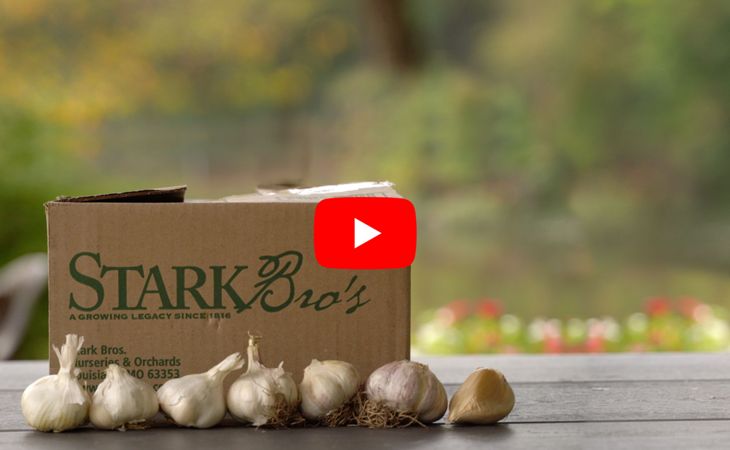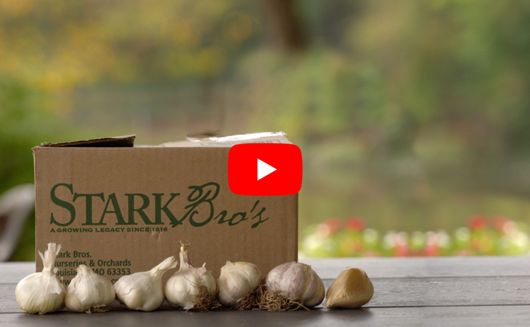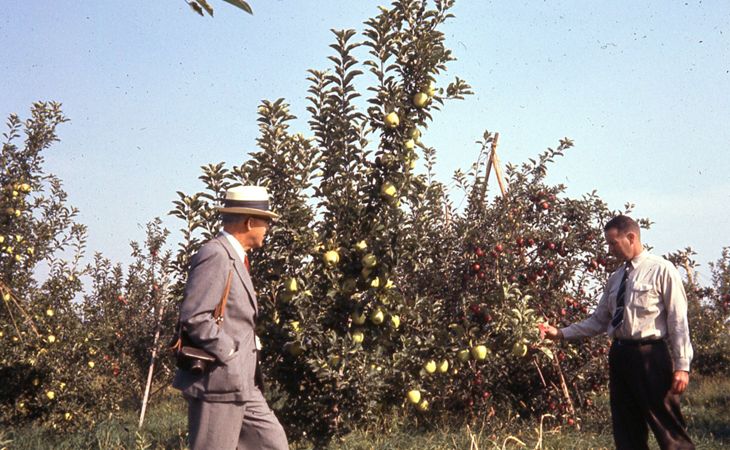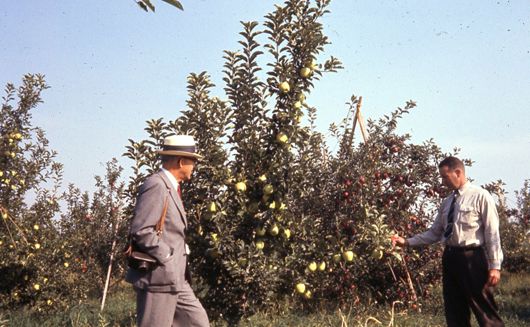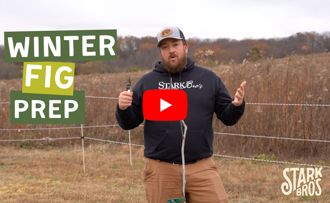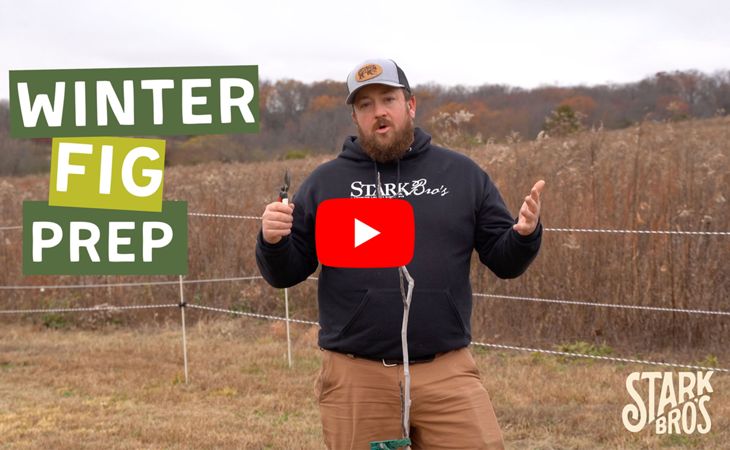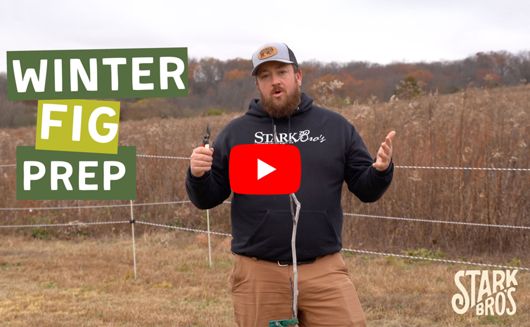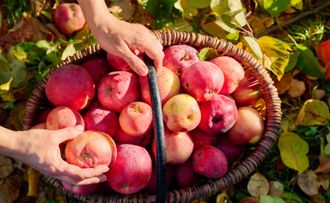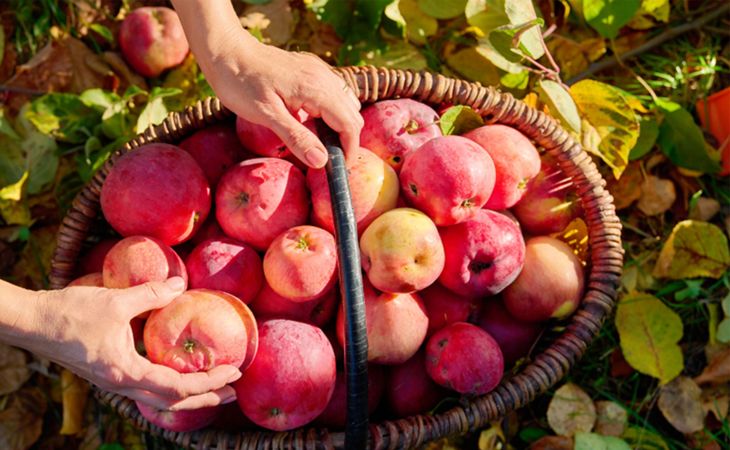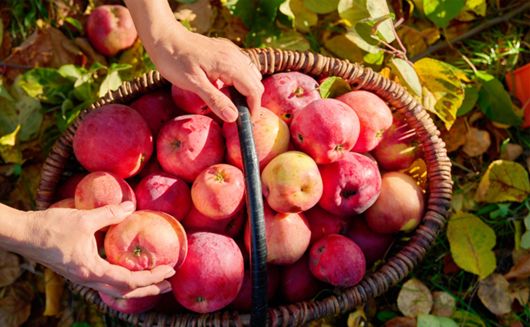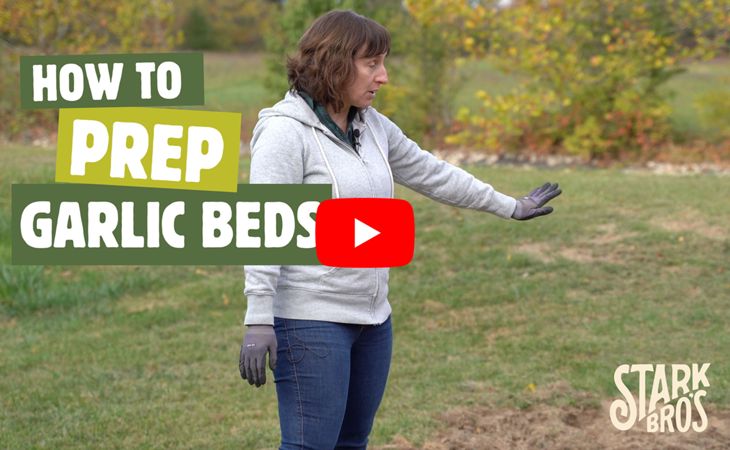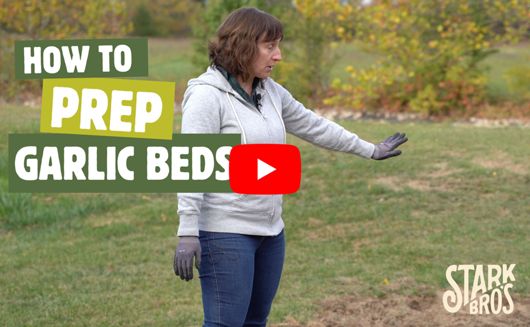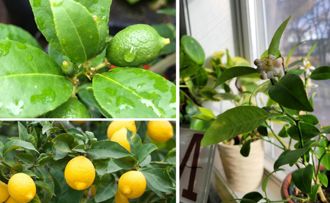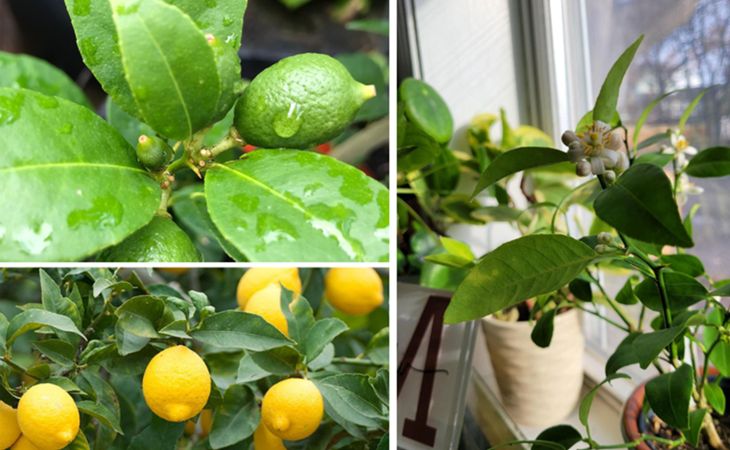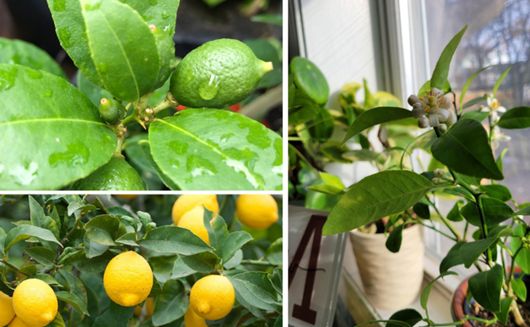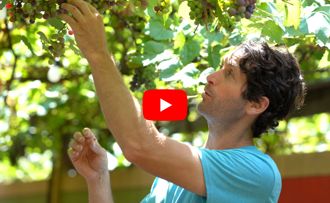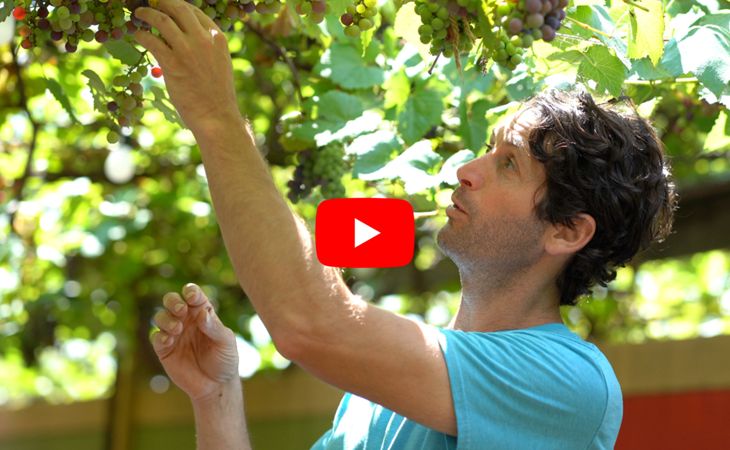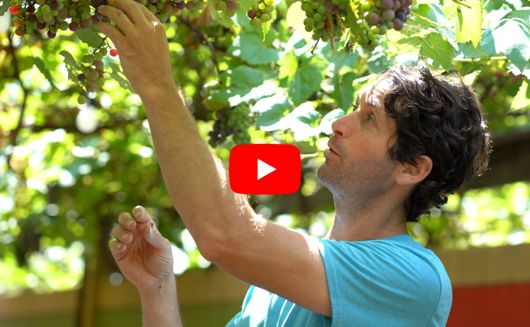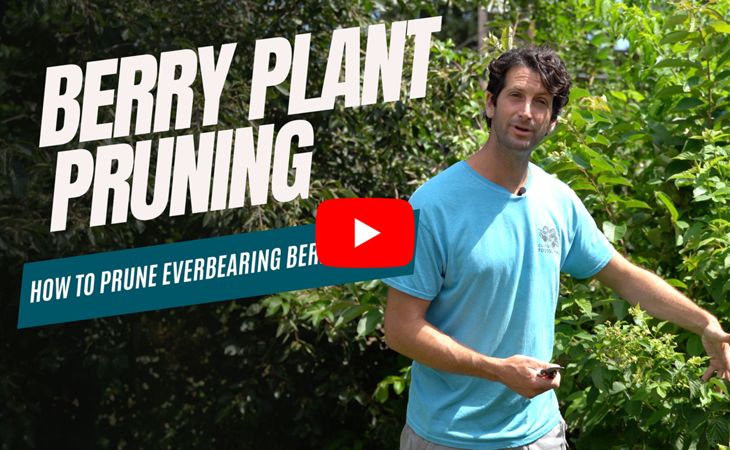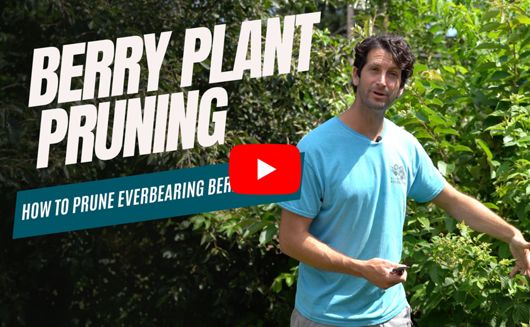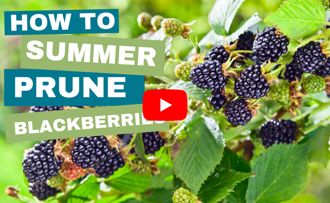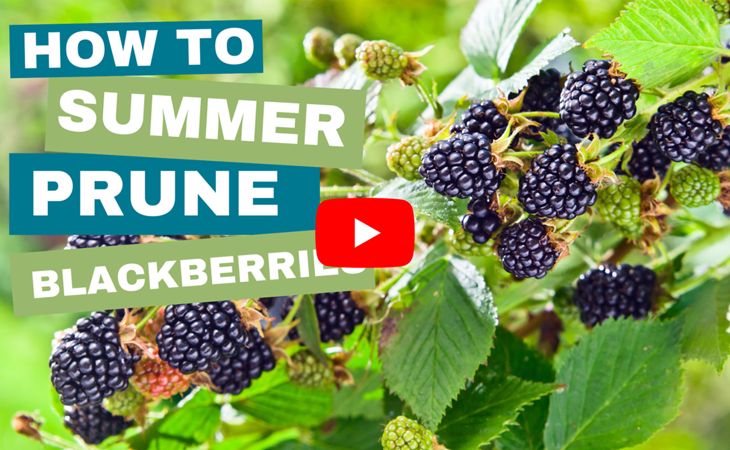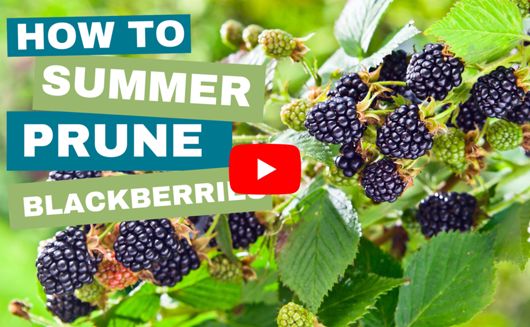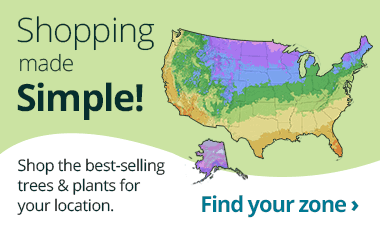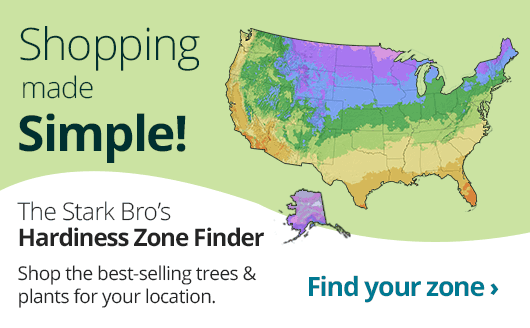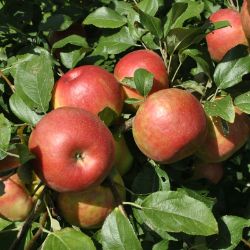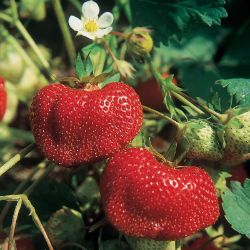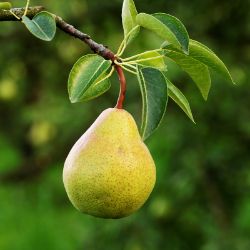Pecan Tree Pollination in a Nutshell
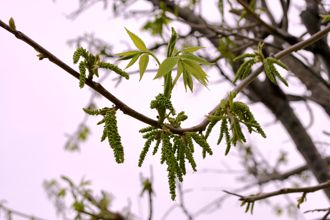
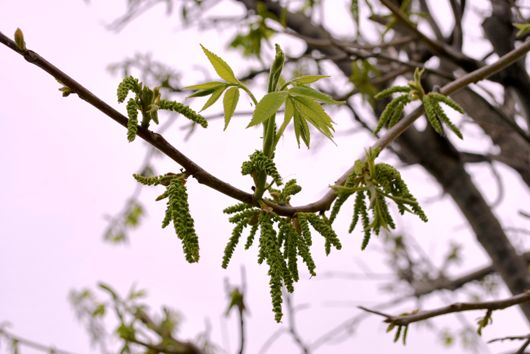
Typically, an individual pecan tree blooms and sheds pollen at different times. Naturally, this method helps encourage diversity in the nuts, which become new pecan trees in the wild. For adequate cross pollination between pecan trees, it is highly recommended you grow at least one of each type.
Flowering Types in Pecan Trees

Some pecan trees shed pollen first and their pistillate flowers are receptive of pollen later in the season. These varieties are referred to as Protandrous, having a "Type I" flowering habit.

Other pecan trees have pistillate flowers that are receptive to pollen first and then their catkins shed pollen later in the season. These trees are referred to as Protogynous, having a "Type II" flowering habit.
Type I (Protandrous) Pecan Trees
Type II (Protogynous) Pecan Trees
 Avalon Pecan
Starting at $56.99
Avalon Pecan
Starting at $56.99
 Colby Pecan
$75.99
Colby Pecan
$75.99
 Elliot Pecan
$56.99
Elliot Pecan
$56.99
 Kanza Pecan
Starting at $75.99
Kanza Pecan
Starting at $75.99
 On Sale
Lakota Pecan
Starting at $56.99
On Sale
Lakota Pecan
Starting at $56.99
 Starking® Southern Giant Pecan
Starting at $75.99
A Stark® Exclusive!
Starking® Southern Giant Pecan
Starting at $75.99
A Stark® Exclusive!
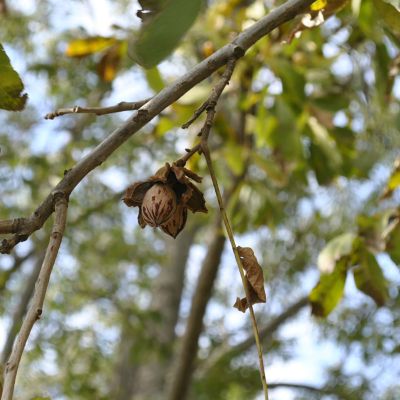 Out of Stock
Stark® Surecrop™ Pecan
Starting at $75.99
A Stark® Exclusive!
Out of Stock
Stark® Surecrop™ Pecan
Starting at $75.99
A Stark® Exclusive!
 On Sale
Zinner Pecan
$47.99
On Sale
Zinner Pecan
$47.99
This information is included in each pecan variety's product description. For best results, please consult the flowering types as well as the Recommended Pollinators section on each product page.
Interested in learning more about pecan trees? Find pollination and other helpful information at the Northern Pecans blog from U.S. Pecan Research & Extension Specialist, William Reid.
- Article Categories:
- Product Features

